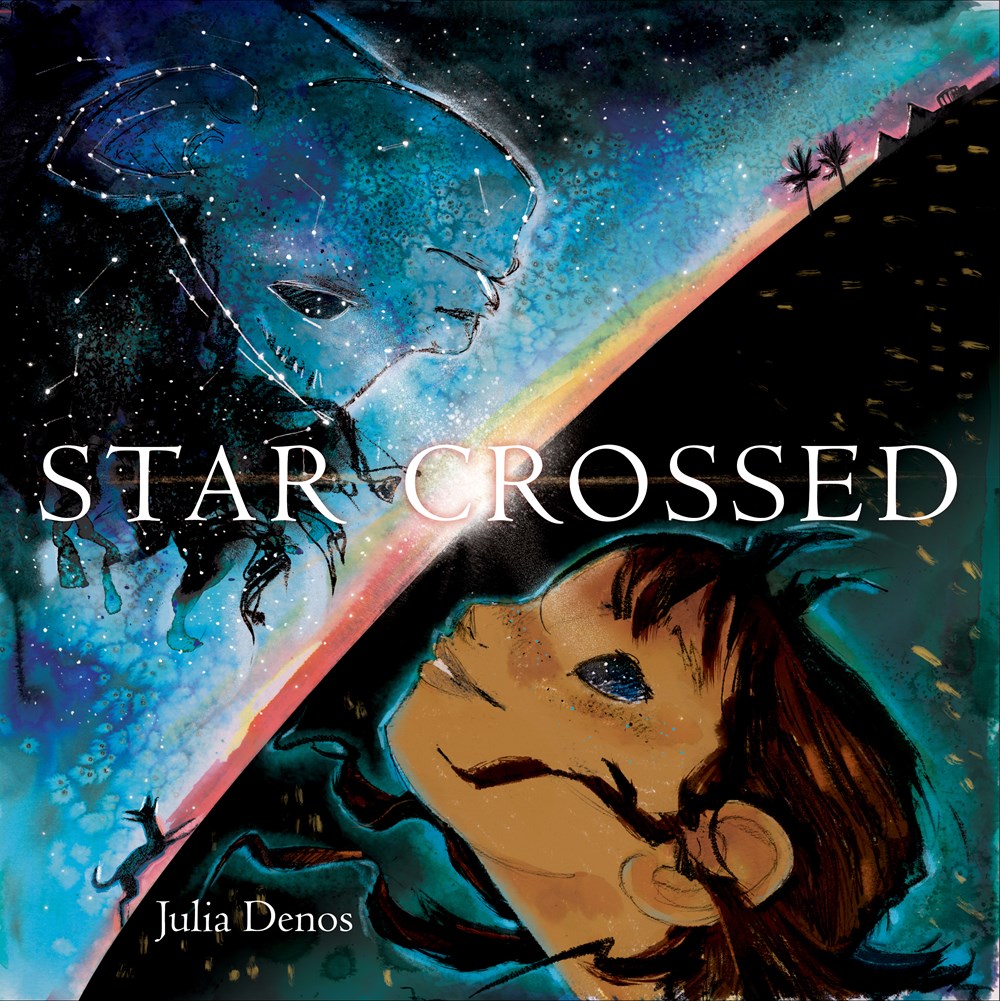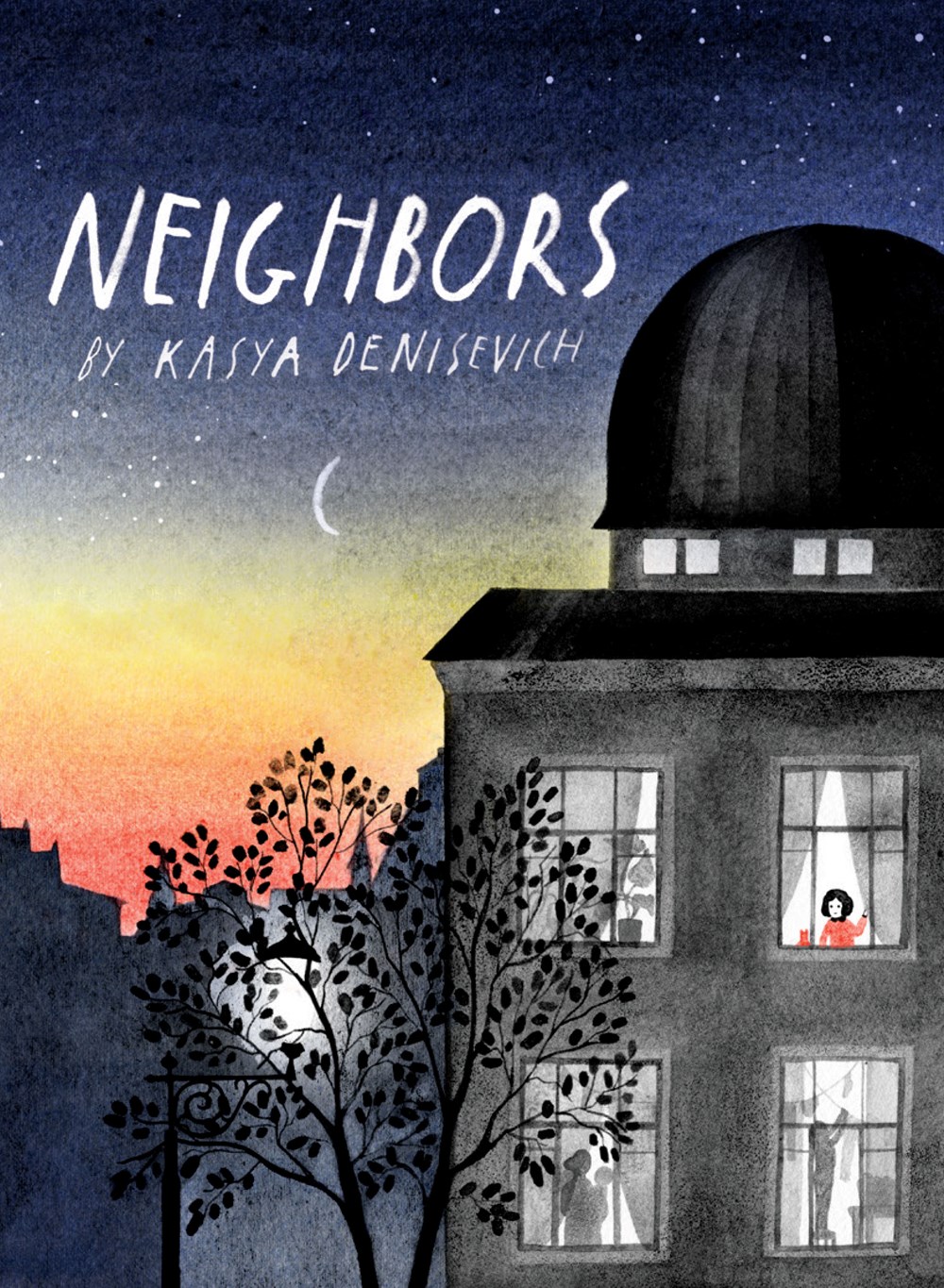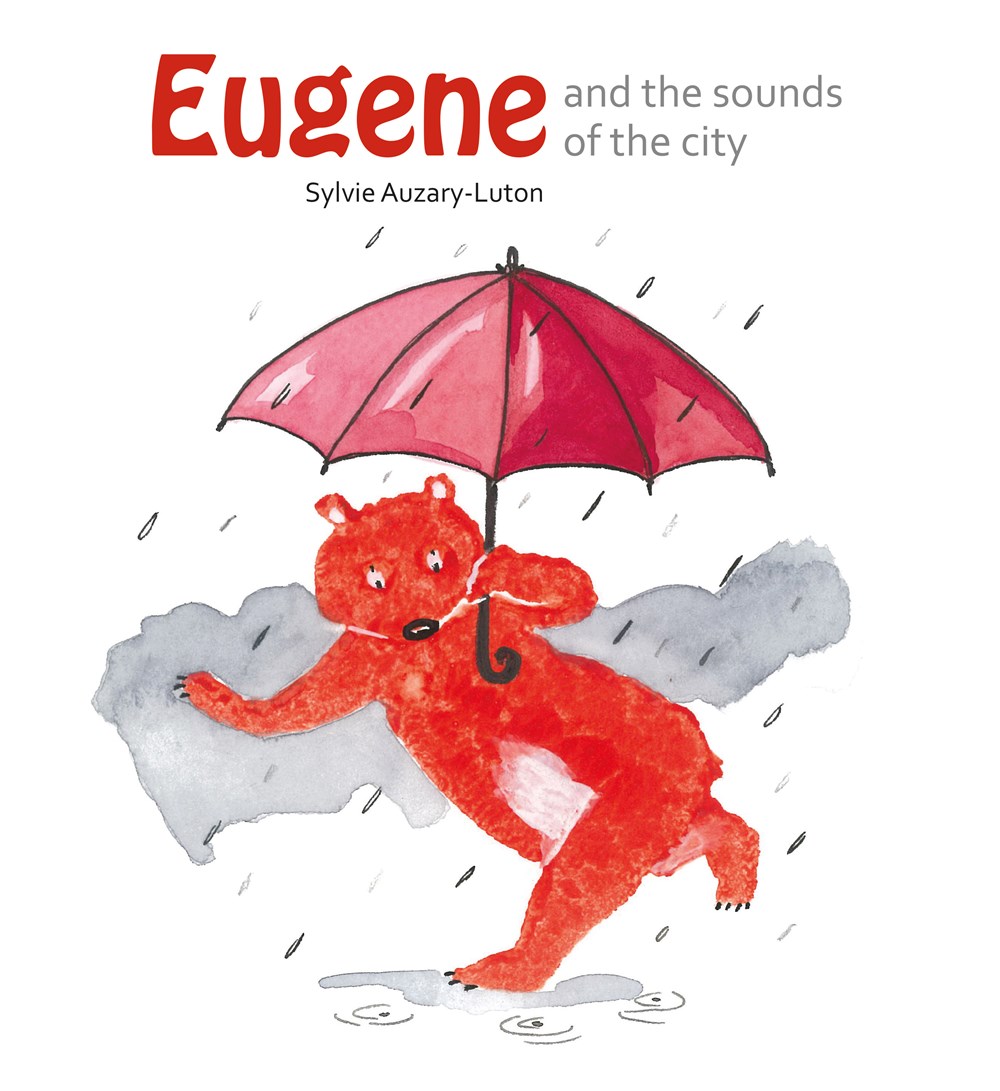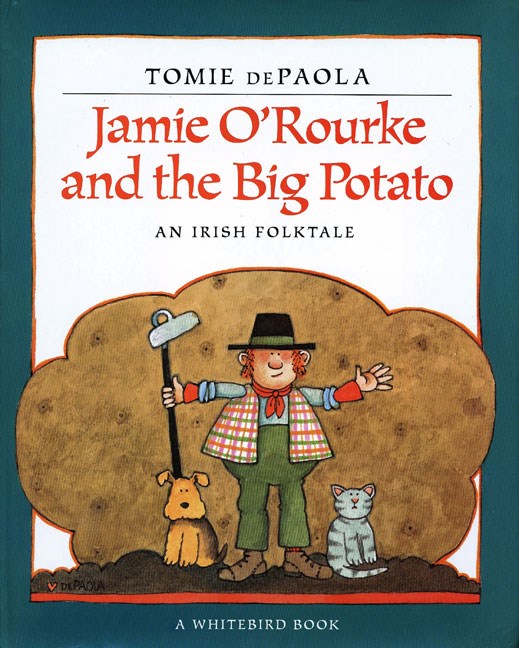Tips for Teachers is a monthly column in which experienced teacher and children’s librarian Emmie Stuart shares book recommendations and a corresponding teaching guide for fellow elementary school teachers.
A contemporary Japanese artist, Yayoi Kusama is often called “the princess of polka dots.” Ella Baker was an activist in the American civil rights movement. Flannery O’Connor is considered one of the greatest American writers. At first glance, these three women and their life’s work overlap very little. But as I learned more about Kusama, Baker and O’Connor from these these three books, I was struck by two commonalities: Each woman held tight to strong ideals and personal convictions, and these ideals and convictions the driving force behind their work—work that became their legacy and affected the future for generations.
As I sit here typing this, I’m wearing a long-sleeved sweatshirt covered with subtle polka dots. Next to my chair is a stack of reading material; the pile includes the July 2020 issue of Rolling Stone magazine with Kadir Nelson’s protest artwork on its cover, and my book club’s September selection, A Good Man Is Hard to Find, O’Connor’s short story collection. The traces of these three women in my little bubble of personal space are but a small reflection of their wide-reaching, significant and lasting cultural impact.
Kusama, Baker and O’Connor each touched the future, but much of their work was accomplished behind the scenes. They didn’t seek the spotlight or cave to societal expectations. Perhaps this is why their names are not well recognized in schools across the United States. Perhaps this is why their stories remain largely untold. When classes begin again, I look forward to introducing my students to Kusama and her polka dots, to Baker and her peaceful protests and to Flannery and her peacocks.
 Yayoi Kusama Covered Everything in Dots and Wasn’t Sorry
Yayoi Kusama Covered Everything in Dots and Wasn’t Sorry
by Fausto Gilberti
As a child growing up Matsumoto, Japan, Yayoi Kusama loved drawing and longed for the day when she could travel to learn about artists around the world. She moved to America and was a struggling artist until Georgia O’Keefe took interest in her work and connected her with an art gallery. Soon Kusama’s modern and experimental artwork gained recognition and she began making films, outfits and mirrored rooms. When she returned to Japan, she continued to work, always pushing boundaries and adding her trademark polka dots to everything from pumpkins to dresses to walls. This story of Kusama’s boundary-breaking artwork is an excellent way to introduce students to a new artist and to the concept of modern art.
- Design an Infinity Room
Show students photographs of Kusama’s infinity rooms and watch these two videos. Discuss the concepts of repetition and infinity. As a class, talk through the design of an infinity room. Discuss its theme and how the theme will be carried and enforced throughout the room. Write notes on a piece of chart paper, then let students work independently or in pairs to brainstorm, design, draw and color their personal infinity room.
- Celebrate Dot Day
Each September, children around the world celebrate International Dot Day. Pair this book with Peter Reynolds’ The Dot and invite students to stretch the boundary of what constitutes a dot. In Reynolds’ book, a teacher challenges a resistant little girl to “make her mark.” Lead a class discussion on artists who made their mark and ask students to explain how Yayoi Kusama continues to make her mark in the world. Provide students with a large variety of art supplies (including different colors of paper and several forms of artistic mediums) and let them create polka dot art. Provide dot stickers in a range of sizes for students who wish to take that approach. If possible, display images of Kusama’s artwork around the classroom room for inspiration.
 Lift as You Climb: The Story of Ella Baker
Lift as You Climb: The Story of Ella Baker
by Patricia Hruby Powell,
illustrated by R. Gregory Christie
Growing up under the bright North Carolina sun, young Ella Baker listened to her grandfather’s sermons, her grandmother’s stories and her mother’s gentle admonition to “lift as you climb.” Their influential words guided her as she grew up to become a leader in the civil rights movement who worked tirelessly to make sure that people of all backgrounds and classes were represented in the fight for equal rights. Working alongside prominent figures such as Martin Luther King Jr. and members of the NAACP and the Southern Christian Leadership Conference, Baker focused on grassroots efforts that sought change “from the bottom up.” She gathered other like-minded people, “workers, partners, believers—mostly women,” and together they visited community institutions such as bars, schools and bootblack parlors to make sure that people of all backgrounds were educated about their rights. She always left people with her personal driving question, “What do you hope to accomplish?”
Ella’s life was one of quiet and persistent leadership. She didn’t seek the spotlight, but instead dedicated her energy and effort toward meeting with individual people and encouraging them to “lift and climb.” Too often students learn about vocal, outgoing leaders with little attention given to the figures outside the limelight who make just as much of a difference by faithfully serving and loving their communities. Ella’s life and the question she asked others, “What do you hope to accomplish?” illustrates how every person has the power to make a difference.
- Grassroot Efforts
“Ella worked from the bottom up— /from the grass roots.” Explain the concept of grassroots organizing as it applies to politics and community change. It can be a tricky idea for students to grasp, but discussing practical action steps and showing students examples of grassroots efforts will help them conceptualize it. Read Andrea Beaty’s Sofia Valdez, Future Prez and F. Isabel Campoy’s Maybe Something Beautiful, then let students articulate how the characters in these books created community change through grassroots efforts. Remind students of Ella’s driving question, “What do you hope to accomplish?” Give them a few minutes or an evening to consider what change they would like to see in their school or community. Afterward, give them time to discuss with each other ideas for small “grassroots” action steps that would help make progress toward their goals.
- Current Event Connection
2020 has been a historic year in the United States. Ask students what they know about the events and social movements that have taken place all over the country. With older students, read news stories about peaceful protests and about those that became violent and discuss the differences between the two. Ask students to consider how Ella Baker might have responded to this year’s events. Using the information learned from the book, help students use inferencing and synthesizing skills to articulate what they think Ella Baker would be doing to support and further social justice if she was still alive today.
 The Strange Birds of Flannery O’Connor
The Strange Birds of Flannery O’Connor
by Amy Alznauer,
illustrated by Ping Zhu
“Right from the start young Flannery took a shine to chickens.” Perhaps she connected with them because her pigeon toes and big imagination caused her to feel “like kind of an odd bird herself.” Using birds as a connecting thread, Alznauer tells the story of Flannery O’Connor’s life, from her days struggling to fit in at a girls prep school to the ways she found solace in her writing, before concluding with her early death. From her time spent at the Iowa Writer’s Workshop to the years she spent on her family farm with her peacocks, O’Connor constantly observed people and their choices. She realized if she studied something hard enough, “she could always discover some hidden strangeness, making it beautiful and funny and sad all at the same time.” By paying attention to her oddities, unique worldview and her fascination with chickens and peacocks, Alznauer paints a realistic and relatable picture of one of America’s great writers. Though they will not encounter her writing until they are older, O’Connor’s diligent work ethic, her bizarre characters and her love of strange birds are sure to make an impression on students.
- Peculiar Pet Persuasive Paragraphs
From chickens to peacocks, Flannery had some peculiar pets. Give students time to research their “dream” pet. Use this writing activity to review the process of gathering and recording important and valid information. After they have finished collecting information, guide students into using it to write a persuasive letter to their parents. Write three or four questions on a piece of chart paper and remind students that they must address each question at some point in their letter. Provide an outline for younger students to scaffold their first persuasive letter draft.
- Short Story Study
Flannery O’Connor’s short stories are read and studied around the world. Short stories and short story collections are often overlooked in the elementary school classroom. Teach a quick short story mini-lesson; emphasize the idea that a short story is a short piece of fiction with a beginning, middle and end. Read an example of a strong short story and then provide several short story collections containing authors from diverse backgrounds and stories with diverse themes, genres and characters.
Some of my favorites include Virginia Hamilton’s Her Stories: African American Folktales, Fairy Tales, and True Tales, Betsy Bird’s Funny Girl: Funniest. Stories. Ever., James Herriot’s Treasury for Children and Angela McAllister’s A Year Full of Stories: 52 Classic Stories From All Around the World.
For the next couple of days, allow children time to read selections from the collections. With younger students, read one or two stories aloud each day for a couple of weeks. At the conclusion of the study, older students can share their favorite short story or practice writing their own and younger students can illustrate a scene from their favorite story.


 Playing Possum
Playing Possum Southwest Sunrise
Southwest Sunrise Our Favorite Day of the Year
Our Favorite Day of the Year
 Lights on Wonder Rock
Lights on Wonder Rock Margaret’s Unicorn
Margaret’s Unicorn The Bear and the Moon
The Bear and the Moon
 Starcrossed
Starcrossed Neighbors
Neighbors Nothing in Common
Nothing in Common
 Eugene and the Sounds of the City
Eugene and the Sounds of the City The Story Orchestra: Carnival of the Animals
The Story Orchestra: Carnival of the Animals The Oboe Goes Boom Boom Boom
The Oboe Goes Boom Boom Boom


 Through the Wardrobe: How C.S. Lewis Created Narnia
Through the Wardrobe: How C.S. Lewis Created Narnia



 We Wait for the Sun
We Wait for the Sun Osnat and Her Dove
Osnat and Her Dove Hold on to Your Music
Hold on to Your Music
 Autobiographical tales
Autobiographical tales Strega Nona
Strega Nona Folktales
Folktales Christmas stories
Christmas stories Religious and spiritual themes
Religious and spiritual themes Mother Goose and other collections
Mother Goose and other collections Informational books
Informational books

 In My Mosque
In My Mosque Saint Spotting
Saint Spotting To Carnival!
To Carnival! The Passover Guest
The Passover Guest
 Home Is in Between
Home Is in Between Watercress
Watercress Coquí in the City
Coquí in the City

 Make Meatballs Sing: The Life & Art of Corita Kent
Make Meatballs Sing: The Life & Art of Corita Kent Unbound: The Life and Art of Judith Scott
Unbound: The Life and Art of Judith Scott
 The Ramble Shamble Children
The Ramble Shamble Children When My Cousins Come to Town
When My Cousins Come to Town The House of Grass and Sky
The House of Grass and Sky
 Little Bat in Night School
Little Bat in Night School Bird Boy
Bird Boy This Is Ruby
This Is Ruby




